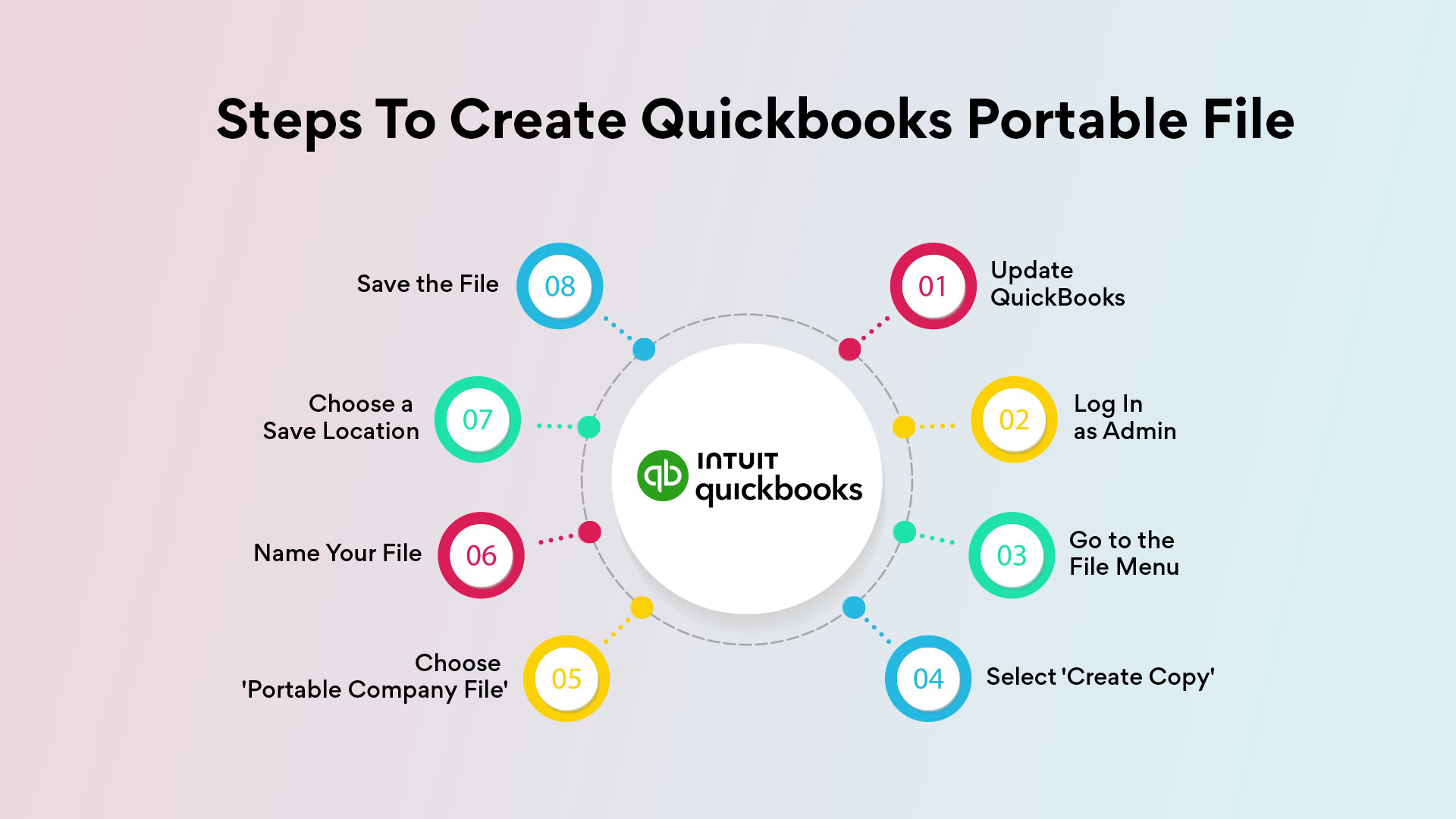How to prevent common accounting errors during year-end close

During the year-end close process, your accounting books are the ultimate keys to understanding what is happening in your business. If the business manages accounting books with an incompetent approach, it may lead the business to a tragedy. Also, a business can get in big trouble if the financial statements of the business are not following the government compliance obligations. That’s why managing an error-free accounting system is essential for any business.
However, it can be a challenging and complex task that could have severe consequences for a company’s financial health and reputation. How would you tackle this? Let’s explore what best practices we can employ to avoid common accounting errors during the year-end close.
How to Prevent Accounting Errors during the Year-End Close
Being diligent with your financial information from the beginning is the first line of defense you can draw to ensure that your accounting books are error-free during the year-end close process.
Train your staff
Make sure the employees who enter the expenses into the accounting system understand the accounting system and your account. Train your team on new accounting system updates on a regular basis. Many software solutions provide employee training, which can be beneficial.
Set up a standard process for handling accounting system entries so that information can be easily transferred to team members. Ensure that the person in charge of entering data into the accounting system is familiar with the company's reimbursement and petty cash policies. Most significantly, whoever is in charge of accounting entries must be able to handle any queries that arise.
Don’t overload your employees
When employees have a heavy workload, they are more likely to make mistakes. Even a prodigy might commit a common error if not given adequate time to complete the task. By establishing a standard method, you can streamline your work approach. If necessary, you can increase the size of your team to handle the work better. Train your staff to complete tasks on schedule from the beginning so that the account team is not overburdened during the year-end close. Create a timeline with milestones to ensure that every task is completed in a timely manner.
Reconcile accounts regularly
To prevent discrepancies and errors from accumulating throughout the year, make it a standard practice to reconcile accounts regularly. Monthly or quarterly reconciliations help identify and rectify inaccuracies promptly. Timely reconciliations also allow you to detect potential fraud or unusual transactions before they escalate into significant issues. You can use an automation tool like Xenett to reconcile your accounts.
Embrace automation and technology
Modern accounting software and automation tools can significantly streamline the year-end close process and minimize the chances of human errors. Utilize advanced accounting tools that automate routine tasks without errors.
Xenett is the highly recommended tool when it comes to detecting errors in your books. It autodetects errors in your books instantly, allowing you to address them and ensure the highest level of accuracy in your financial records. Also, Xenett extension works within widely used accounting systems such as QuickBooks and Xero. Automation reduces the manual workload and enhances accuracy by eliminating the risks associated with manual data handling.
Also read: Year-End Close: Why It Matters And How To Do It Right
Review internal controls
In accounting firms, strong internal controls are the backbone of error prevention. Review and strengthen your company's internal control procedures on a regular basis to protect against misstatements, fraud, and unlawful transactions. To measure the effectiveness of these controls, segregate roles correctly, construct approval hierarchies, and perform frequent internal audits. This approach not only prevents potential errors during the ear-end close but also keeps your business proactive regarding accurate financial data.
Ensure proper documentation
Well-organized paperwork is critical to achieving a smooth and error-free year-end close for any firm. Businesses can accelerate the year-end process and support a seamless audit by painstakingly preserving precise and thorough records of all financial transactions, adjustments, and reconciliations throughout the fiscal year.
Having complete documentation in place reduces the possibility of financial reporting errors or omissions. It enables account teams to rectify any anomalies that may surface during the year-end close process, ensuring that the final financial statements are accurate and in accordance with relevant accounting standards.
Collaborate and communicate effectively
Effective communication among the various departments participating in the year-end close process is critical. Encourage open communication among the accounting team, finance department, and other stakeholders. Miscommunication sometimes leads to significant accounting errors, and it can also turn into the blame game when businesses are forced to pay the price for it. Accounting inaccuracies and errors can be caused by miscommunication or a lack of coordination.
Engage external auditors early
Engaging external auditors early during the year-end close process provides various benefits to businesses. Businesses can tap into auditors' important insights and ample expertise by incorporating them early on, allowing them to detect and handle possible accounting errors and discrepancies proactively.
This proactive strategy ensures that the company’s financial statements are in accordance with the relevant accounting principles and regulatory regulations, reducing the risk of non-compliance. Moreover, this collaborative strategy promotes openness, accountability, and trust in the company's financial reporting and general operations.
The bottom line:
The year-end close process is crucial for every account team, necessitating precision, accuracy, and attention to detail. Accounting professionals can dramatically reduce the chance of errors by using intelligent clean-up tools like Xenett and the best practices suggested in this blog, guaranteeing a smooth year-end closure.
Adoption of technology is the key to a successful year-end close that instills trust in stakeholders and lays the basis for an error-free fiscal year ahead. Want to learn more about how Xenett can help you find errors in your books? Book a demo call today!

.svg)







